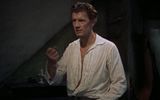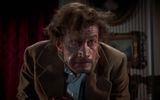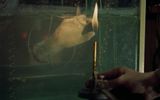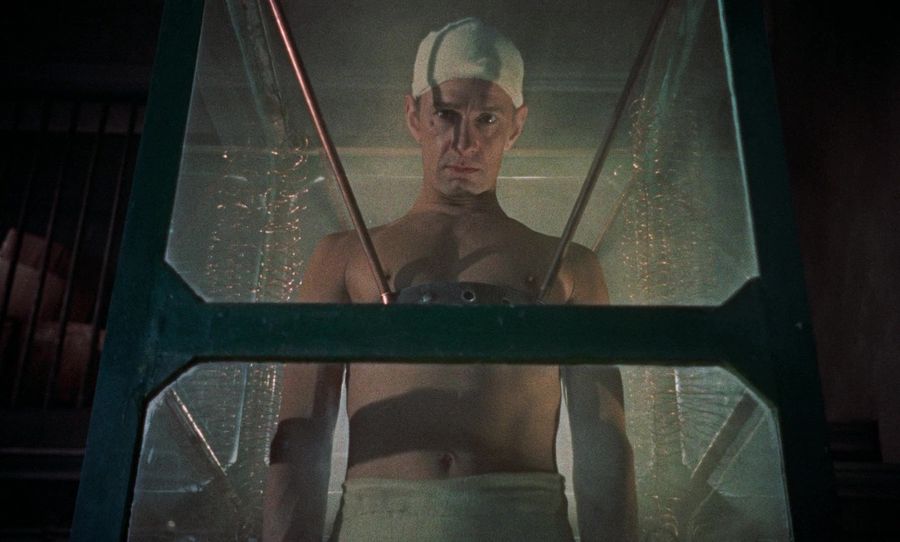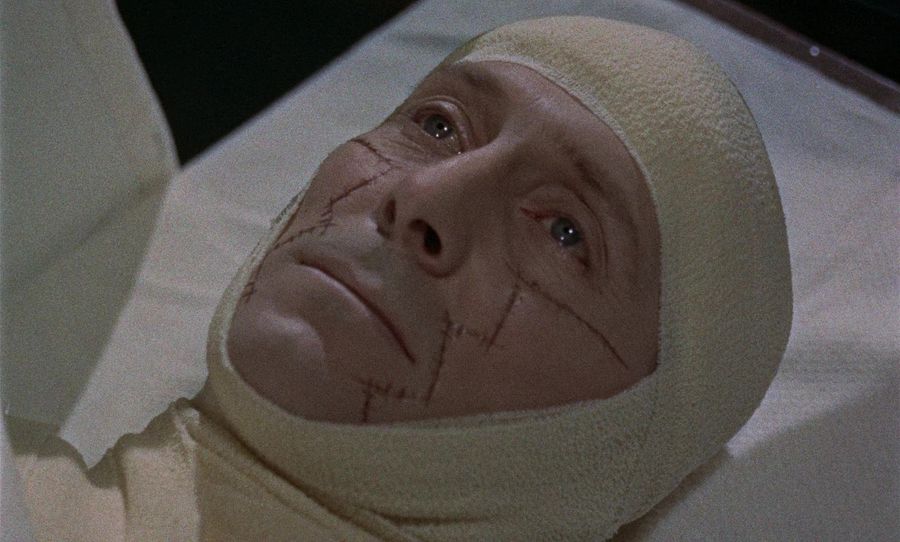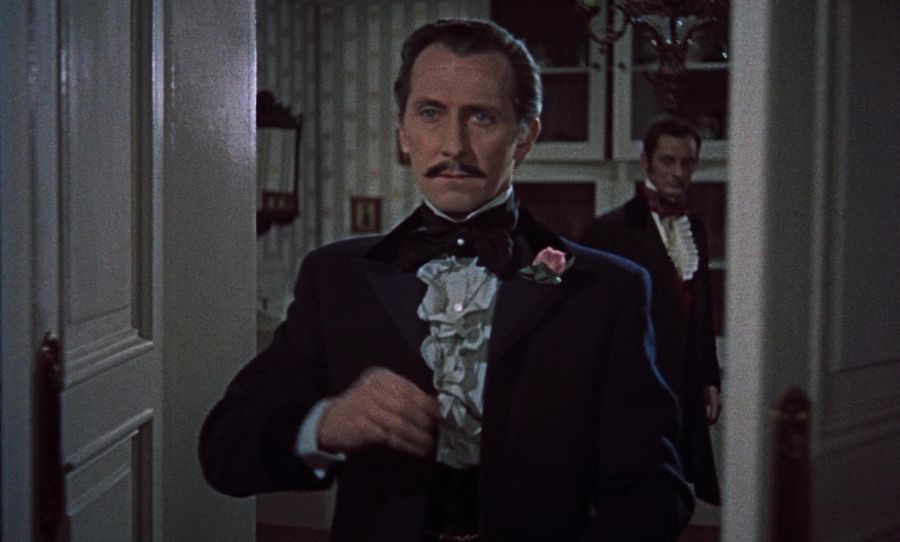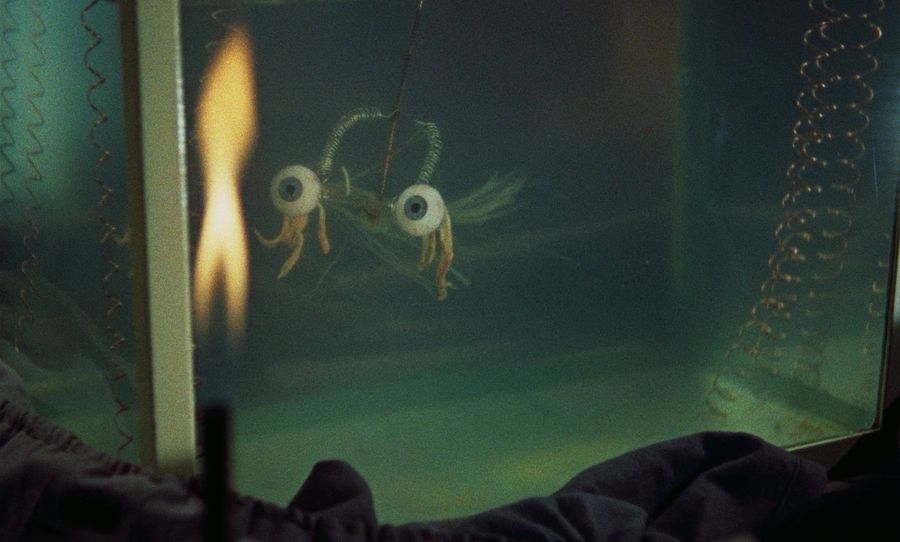SPOILERS

| Added | Wed, 11/05/2022 |
| Release date | 13-06-1958
|
| Original title | The Revenge of Frankenstein
|
| Феномены | |
| References |
"The Revenge of Frankenstein" (English: "The Revenge of Frankenstein") is a 1958 horror film, a direct sequel to the film "The Curse of Frankenstein".
Baron Frankenstein must be executed. But he makes a deal with the executioner and a priest is executed instead.
Frankenstein flees to Karlsbruck and continues his experiments there under the name of Dr. Stein. As a cover, he uses the image of a fashionable doctor for the rich and opens a practice in a hospital for the poor. Together with his semi-paralyzed assistant Karl and the young doctor Hans Kleve, burning with a thirst for knowledge, he again conducts experiments on reviving bodies and their parts.
Hoping to get rid of suffering, Karl asks to transplant his brain into a new body that previously belonged to the grave digger. Karl's brain allows scientists to hope that this time they will be able to create the perfect artificial human. The operation is successful, but problems soon begin: the brain of the "renewed" Karl is injured, and he is again partially paralyzed. He becomes aggressive, escapes from the lab and starts killing people.
In an attempt to find Karl, Frankenstein and Kleve come to the ball to the mother of one of the rich patients, Countess Margarita. At the same time, Karl, who has turned into a monster, breaks in there, who exposes the baron, calling him by his real name. Patients who have found out the truth about their doctor brutally, almost to death, beat him. Gathering his last strength, Frankenstein says to Kleve: "You know what to do..." He transplants his brain into a pre-prepared body that looks very similar to the old one.
Taking the name of Dr. Frank, the "renewed" Frankenstein moves to London.
Phenomena in artwork: Zombies
Dr. Frankenstein explores the possibility of creating life by collecting people's bodies piece by piece. Unlike the original story and previous films, he does not use corpses as organ donors, but living people.
The process of revival does not differ from that shown in the original film. The monster is connected to wires and an electric current is passed through its body. The body obtained as a result of the experience does not differ from a normal human: the monster looks completely normal, except for a few scars, wounds even heal on it. Transplanted into a new body, the brain completely preserves the memories and character of the previous owner.
If the body is not given enough time to recover after surgery, then brain damage is possible, which can lead to aggressive behavior and the desire for cannibalism.
In addition to a full–fledged monster, the film shows the results of Frankenstein's intermediate experiments, in particular, an artificial brain capable of controlling the eyes and hand, reacting to the threat from fire. They also show a monkey who survived the first successful brain transplant experiment.
Log in or register to post comments



